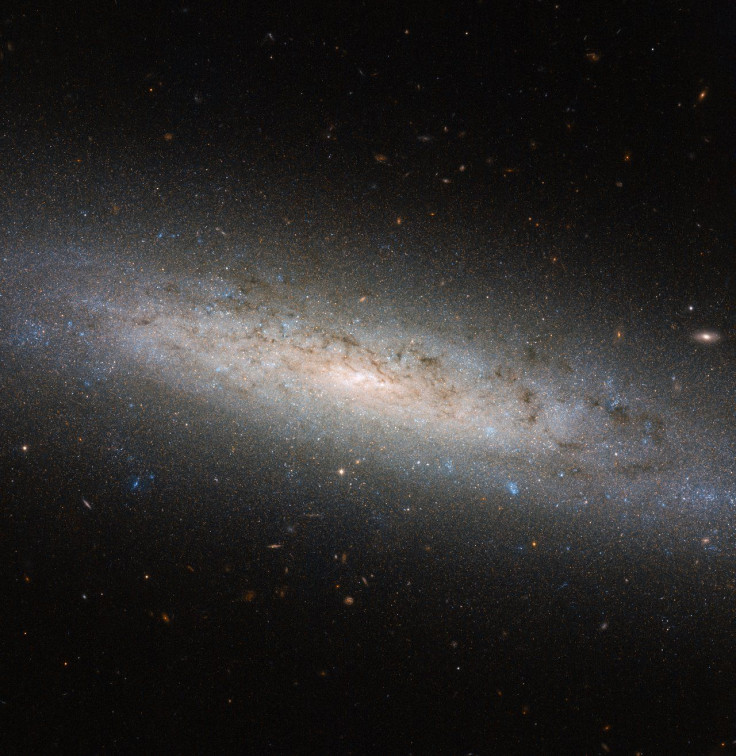Scientists Discover 19 Dark Matter-Free Dwarf Galaxies

In 2018, scientists reported the discovery of a galaxy that seemed to be lacking in dark matter. Scientists said then that galaxy NGC-1052 DF2 matched a baryons-only galaxy model, and many questioned the validity of the results.
However, other studies that used other methods than the first study also soon came out with similar results. In fact, just last Nov. 25, a new report even identified 19 dwarf galaxies lacking in dark matter.
In the new study, researchers singled out the movement of hydrogen atoms in distant galaxies to determine that the clouds of gas were evidently not moving under the influence of dark matter.
The method, according to experts, is more accurate than previous methods used in earlier studies, but still has issues that need to be resolved.
Universe Formation Theories
The reason why these discoveries are considered relevant is because, if they turn out to be true and there are galaxies that are lacking in dark matter, it could prove problematic for currently held theories on the properties of galaxies and how the universe formed.
For instance, the Lambda cold dark matter theory suggests that the three key features of the universe - the cosmological constant, dark matter and dark energy - explains how the galaxies formed. It cannot therefore easily explain how dark matter-free galaxies were formed.
Further, even if it is possible that a nearby galaxy or other gravity sources might have stripped the dark matter off of the dark matter-free galaxy, it is worth noting that 14 of the 19 dark matter-free galaxies the latest research discovered are isolated galaxies or ones that are far from the influence of other galaxies.
Dark Matter Mystery
There is still so much we do not know about dark matter itself, so finding these galaxies that appear to be dark matter-free just adds to the mystery. As such, physicists say it is important to study these galaxies deeper to determine what is really happening.
“This result provides observational evidence that could challenge the formation theory of low-mass galaxies within the framework of standard cosmology,” the researchers wrote. “Further observations, in particular, deep imaging and spatially resolved kinematics, are needed to constrain the baryon fraction better in such galaxies.”
© Copyright IBTimes 2024. All rights reserved.






















